Spice Up Your Ribs: 7 Flavor-Packed Tips for Perfectly Seasoned Meat
Welcome to the ultimate guide on spicing up your typical ribs! Whether you're a seasoned pitmaster or just firing up your grill for the first time, this post is packed with practical spice tips, flavor insights, and a few rib-tickling (pun intended) surprises along the way.
Table of Contents
- Why Spices Make or Break Your Ribs
- The Essential Spice Lineup for Ribs
- DIY Rib Rubs: Customize Like a Pro
- Balancing Sweet, Smoky, and Spicy Flavors
- Secret Ingredients You Didn't Know You Had
- Grilling & Smoking: How Heat Influences Spice
- Global Twists: World-Inspired Rib Rub Ideas
- Proper Storage for Maximum Spice Potency
- Common Spice Mistakes to Avoid
Why Spices Make or Break Your Ribs
If you think meat alone makes great ribs, you're only halfway there. Spices are like the supporting cast in a blockbuster movie — they might not be the star, but without them, the whole thing falls flat.
Ribs have a lot of connective tissue and fat, which means they need bold flavors to penetrate and complement their richness. That’s where spices come in. The right blend can elevate simple pork into a smoky, spicy, caramelized masterpiece.
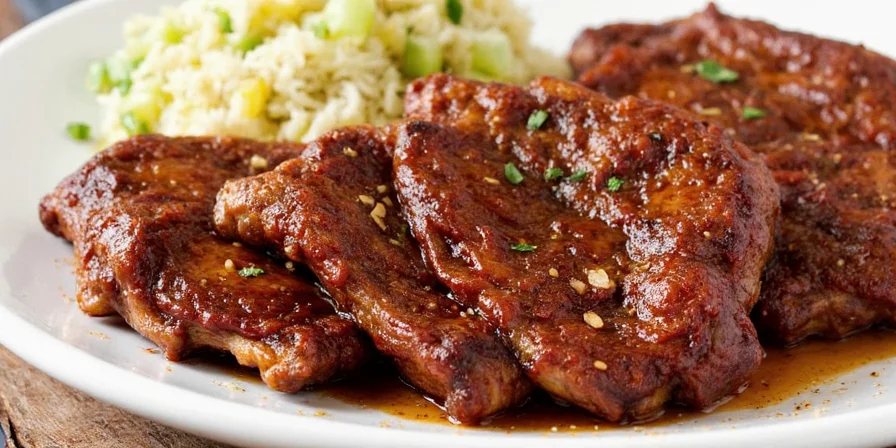
The Essential Spice Lineup for Ribs
Before you start experimenting wildly, make sure you’ve got these key players in your spice cabinet:
- Paprika – Adds color and mild sweetness
- Brown Sugar – Balances heat and builds a beautiful bark
- Garlic Powder – Deep savory base note
- Onion Powder – Enhances umami
- Black Pepper – Sharpens other flavors
- Chili Powder – For that earthy heat
- Cumin – Brings warmth and depth
| Spice | Flavor Profile | Best For |
|---|---|---|
| Paprika | Sweet, Earthy | Color, Mildness |
| Brown Sugar | Sweet, Caramelizing | Bark Formation |
| Garlic Powder | Pungent, Savory | Umami Boost |
| Onion Powder | Sharp, Sweet | Layering Flavor |
| Black Pepper | Piquant, Fresh | Flavor Sharpening |
| Chili Powder | Earthy, Hot | Heat Layering |
| Cumin | Earthy, Warm | Depth of Flavor |
DIY Rib Rubs: Customize Like a Pro
The beauty of making your own rib rub is that you get to play flavor chemist — minus the lab coat and goggles (unless that’s your thing).
Here's a basic formula to follow:
- 4 parts sweetener (brown sugar)
- 2 parts salt
- 1 part paprika
- 1 part garlic powder
- 1 part onion powder
- ½ part cumin
- ½ part chili powder or smoked paprika
- ¼ part black pepper
Mix it all together and store in an airtight container. Now let's get creative!
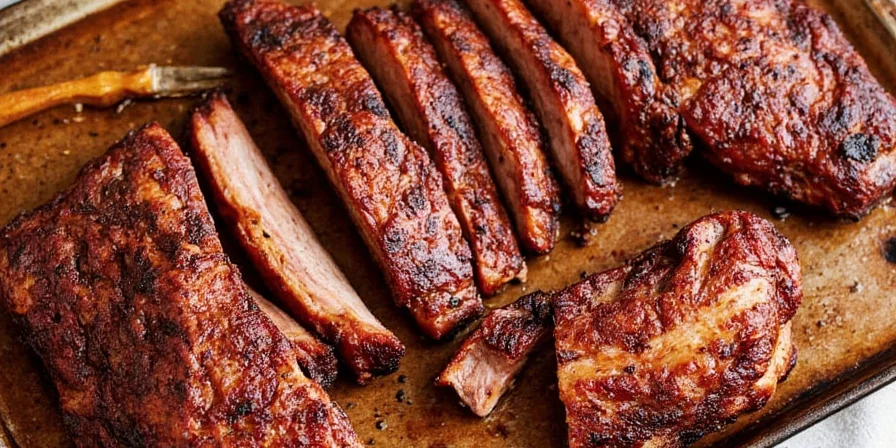
Balancing Sweet, Smoky, and Spicy Flavors
Balance is everything when it comes to seasoning ribs. Think of your flavor profile like a good party — if one guest gets too loud, things go downhill fast.
- Sweet: Brown sugar is king here. But don’t go overboard unless you want dessert ribs.
- Smoky: Use smoked paprika or add liquid smoke directly to your mop sauce.
- Spicy: Cayenne pepper, chipotle powder, or crushed red pepper flakes work well.
| Profile | Ingredients | Taste Impact |
|---|---|---|
| Sweet | Brown sugar, molasses | Softens heat, enhances crust |
| Smoky | Smoked paprika, chipotle, mesquite | Adds depth, aroma, complexity |
| Spicy | Cayenne, crushed red pepper | Wake-up call for the taste buds |
Secret Ingredients You Didn't Know You Had
Ready to take your rub from “meh” to “mad scientist”? Here are some under-the-radar spices that bring the wow factor:
- Coffee – Dark roast adds bitterness that complements fatty meat
- Citrus Zest – Lemon or orange peel brightens up heavy flavors
- Nutmeg – A tiny pinch adds unexpected warmth
- Kosher Dill Pickle Mix – Salty, garlicky, totally weird and amazing
- Molasses – Thicker than brown sugar, deeper flavor
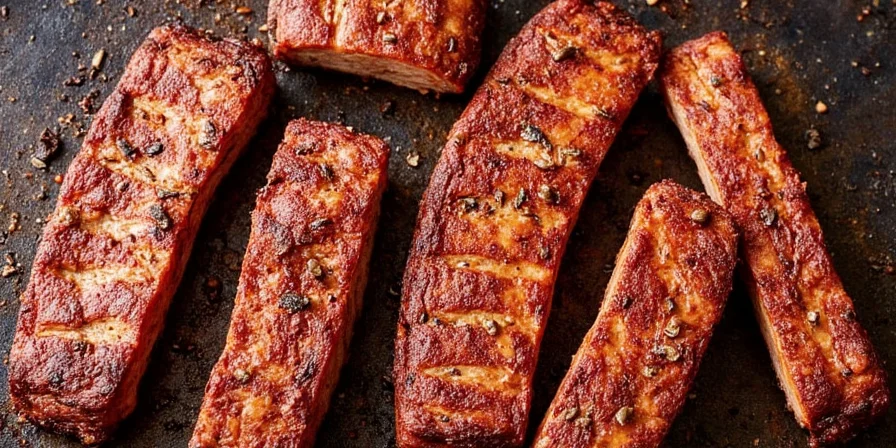
Grilling & Smoking: How Heat Influences Spice
Different cooking methods interact with spices in unique ways. Here's how to adapt:
- Low-and-Slow Smoking: Go heavier on aromatic spices like paprika and garlic since flavor develops slowly.
- High-Heat Grilling: Lean toward sweeter, more caramelizing elements like brown sugar and honey powder.
- Reverse Sear: Apply lighter rubs before searing to avoid burning delicate notes.
Global Twists: World-Inspired Rib Rub Ideas
Let’s travel the world through flavor! Here are some international spins on rib rubs:
- Korean BBQ: Gochujang paste, sesame oil, soy sauce, and a touch of honey
- Indian-Inspired: Garam masala, turmeric, coriander, and fenugreek
- Mexican Style: Ancho chili powder, oregano, lime zest, and cocoa
- Jamaican Jerk: Scotch bonnet powder, thyme, allspice, and nutmeg
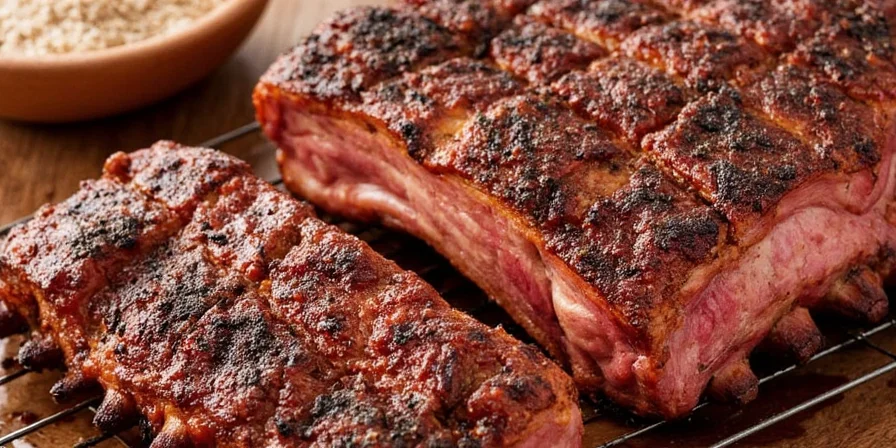
Proper Storage for Maximum Spice Potency
You spent good money on those spices — don’t let them fade out like a bad concert performance. Store them right:
- Keep in airtight containers away from heat and light
- Label each bottle with the purchase date — most spices last 1–3 years
- Store in a cool, dark place, like a spice drawer or pantry
Common Spice Mistakes to Avoid
We've all been there — a little too much cayenne, and suddenly dinner is a fire drill. Here’s what NOT to do:
- Over-salting: Salt can’t be removed once mixed in — always season sparingly and adjust later.
- Skipping the binder: Mustard, oil, or water helps the rub stick and infuse better.
- Using old spices: If they don’t smell strong, they’re probably dead flavor-wise.
- Mixing too many spices: Sometimes less is more — especially if you’re new to blending.
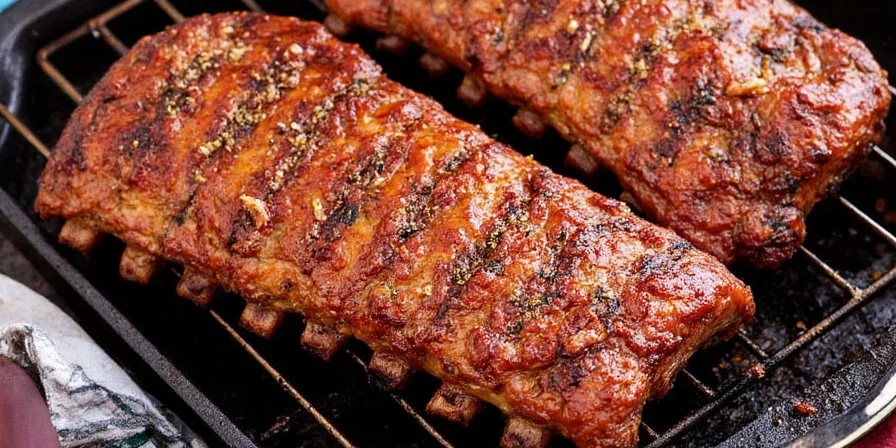
Conclusion: Spice It Up and Own Your Flavor
Now that you’ve got the tools, the knowledge, and maybe even a dash of inspiration, it’s time to turn those typical ribs into something legendary. Remember:
- Start with quality meat and fresh spices
- Balance your flavor profile
- Adapt based on cooking method
- Experiment and find your signature blend
So grab your gloves, mix up that rub, and get ready to impress your friends with ribs so good, they’ll forget who won the game — or care.

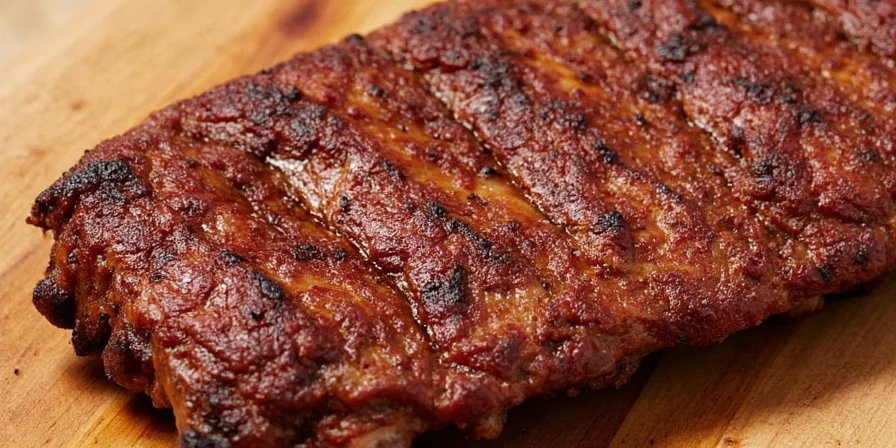









 浙公网安备
33010002000092号
浙公网安备
33010002000092号 浙B2-20120091-4
浙B2-20120091-4